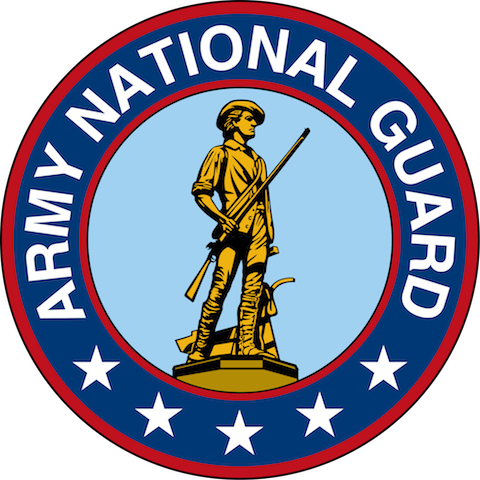Members of a New York Army National Guard task force with the 27th Infantry Brigade Combat Team successfully completed the rigors of a force on force training exercise July 29 in Fort Polk, La., and begin heading home this week.
The troops, with more than 5,000 participants from more than 30 states across the country, spent nearly the month of July at Fort Polk as part of the training rotation at the Joint Readiness Training Center, known as JRTC.
Their experience included deployment and staging at Fort Polk followed by more than ten days of offensive and defensive missions in the post maneuver areas against a real opposing force.
The maneuver training is designed to challenge all the components of the maneuver brigade, including infantry, artillery and aviation operations, engineering and reconnaissance tasks, logistics and resupply and medical support and personnel replacements.
The brigade task force included the entire New York Army National Guard brigade combat team, along with supporting elements that included additional infantry units from Massachusetts, Rhode Island and Pennsylvania. Aviation support for the task force included aircrews from Connecticut, Maryland and Utah.
Specialist Fritz Smith of Newnan completed training as part of the Charlie Company, 324th Signal Battalion and redeploys back home this week as the brigade task force completes the training exercise.
The Joint Readiness Training Center allows Army units to conduct combat training in a realistic environment which features a well-trained opposing force, civilian role-players on the battlefield, high-tech systems which monitor the action, and observer-controllers to evaluate unit actions.
All of the exercise participants and opposing force troops wore the Army’s Multiple Integrated Laser Engagement System (MILES) gear for the exercise.
The gear consists of a sensor-leaden harness worn by the Soldier and a halo of sensors attached to the Soldier’s helmet. In addition to sensors, every weapon system also includes a laser emitter.
When the Soldier fires a blank with their weapon, the laser fires a beam. If a target sensor receives a hit, then the Soldier is considered wounded or a vehicle disabled, requiring all of the combat response actions to provide first aid and evacuation.
The MILES gear enables infantrymen to conduct realistic combat training against a real enemy opponent and forces combat medics and logistics personnel to hone their skills by treating simulated battlefield injuries or evacuating damaged vehicles.
JRTC is one of the Army’s three combat training centers at which brigade-sized units can conduct realistic training against an opposing force. JRTC specializes in light infantry warfare and operations. For Soldiers, it is considered by Soldiers as the Super Bowl of Army training.
The redeployment for the thousands of soldiers back to their home states is expected to be complete by Aug. 5.













Leave a Comment
You must be logged in to post a comment.